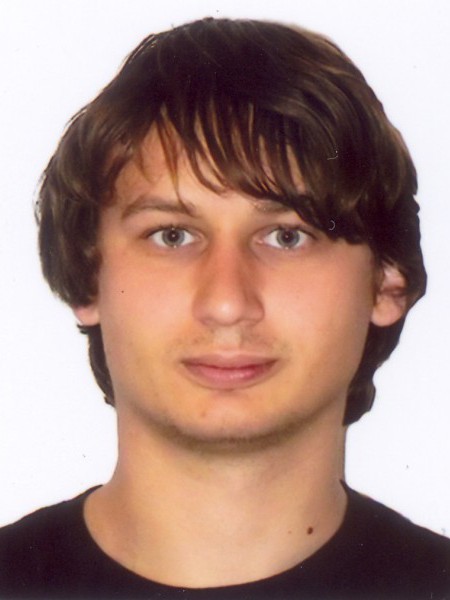resumo
The successful preparation of the titania nanotubular layers (TNT) in different deep eutectic solvent based electrolytes was performed in the current work. Choline chloride based deep eutectic solvents with various hydrogen bond donors, such as ethylene glycol, urea and malonic acid were used. All results were compared with standard ethylene glycol based electrolyte. The influence of the solution temperature, fluoride ion concentration, applied voltage and anodization time on morphology of the titania nanotubular layers was explored. It was demonstrated for the first time that the use of very viscous electrolytes request use of higher temperature. General trends for deep eutectic solvent based electrolytes and optimum anodization parameters for each system were developed. It was found that the morphology of the films prepared in choline chloride with urea and malonic acid systems is closer to TNT prepared in water solution than in TNT obtained from organic based electrolytes. Influence of the viscous electrolytes on pores formation rate was demonstrated. The texture of the annealed films was investigated by XRD and shows strong differences in properties depending on hydrogen bond donors. Moreover, physicochemical properties were measured, including photocurrent and apparent donor concentration. (c) 2019 The Electrochemical Society.
palavras-chave
ANATASE CRYSTAL ORIENTATION; PHOTOELECTROCHEMICAL PERFORMANCE; ELECTROCHEMICAL SYNTHESIS; SEMICONDUCTING PROPERTIES; IMPEDANCE BEHAVIOR; IONIC LIQUID; TITANIUM; ARRAYS; ANODIZATION; GROWTH
categoria
Electrochemistry; Materials Science
autores
Starykevich, M; Maltanava, H; Tedim, J; Poznyak, SK; Ferreira, MGS
nossos autores
Projectos
1-D nanostructures obtained by electrodeposition from ionic liquids (PTDC/CTM-NAN/113570/2009)
agradecimentos
The financial support of the European Commission and Portuguese Foundation for Science and Technology (FCT) in frame of the projects PIRSES-GA-2011-295273 - NANEL and PTDC/CTM-NAN/113570/2009, respectively, is gratefully acknowledged. This work has also received funding from the European Union's Horizon 2020 research and innovation programme under the Marie Sklodowska-Curie grant agreements No 645662.




